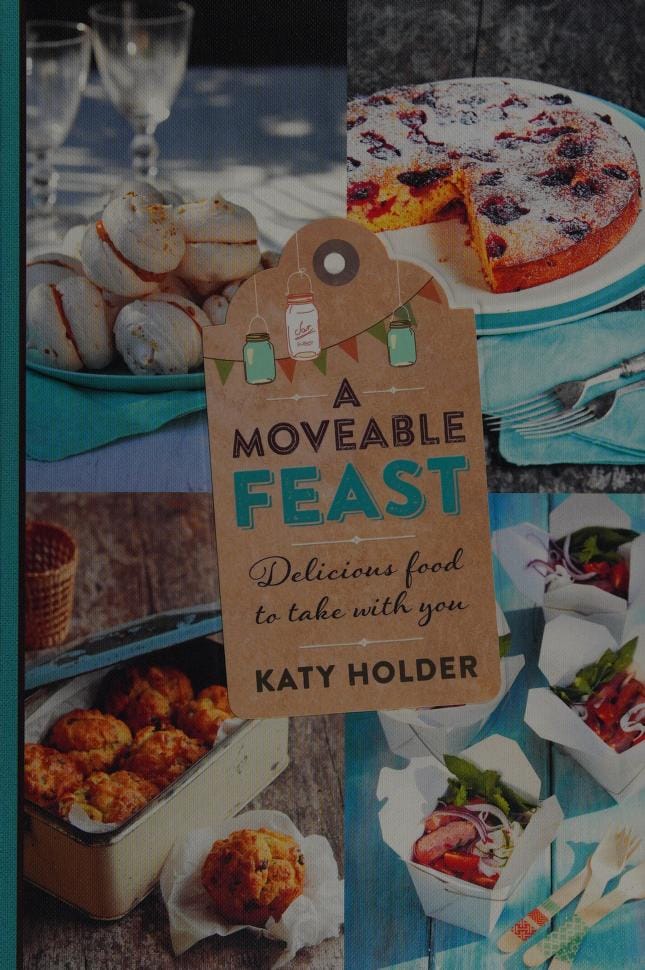A Moveable Feast: Hemingway’s Timeless Parisian Memoir
Ernest Hemingway’s A Moveable Feast blends memoir, travelogue, and writing manual, chronicling 1920s Paris with sensory detail and timeless insight.

Introduction
Few books capture the romance, restlessness, and raw hunger of artistic youth as vividly as Ernest Hemingway’s “A Moveable Feast.” Written in the late 1950s and published posthumously in 1964, the memoir chronicles the author’s lean but luminous years in 1920s Paris. Eight decades later, readers still turn its pages for guidance on writing, travel inspiration, and an intimate seat at history’s most storied cafés. This article explores why the book remains a cornerstone of literary nonfiction and an evergreen beacon for dreamers.
What Is "A Moveable Feast"?
Technically a memoir, “A Moveable Feast” strings together vignettes rather than a continuous narrative. Hemingway revisits journal entries, sketches, and personal letters to paint a collage of expatriate life. The result is a collection of finely cut scenes—walking along the Seine with a notebook, splitting a cheap carafe at La Closerie des Lilas, or sparring with F. Scott Fitzgerald over a manuscript. The title, borrowed from Catholic liturgy, hints that the memories of youthful Paris travel with you like an unending celebration.
Setting: Paris in the 1920s
Post–World War I Paris offered dirt-cheap rent, favorable exchange rates, and an intoxicating concentration of modernist talent. “A Moveable Feast” acts as a cultural map, guiding readers through Left Bank landmarks such as Shakespeare and Company, the Luxembourg Gardens, and the crowded brasserie terraces of Montparnasse. When Hemingway describes writing in cold rented rooms or drinking Pernod under heat lamps, he does more than set a scene—he captures a vanished city vibrating with possibility.
Hemingway’s Signature Style
The prose in “A Moveable Feast” is spare yet sensory, demonstrating the “iceberg theory” Hemingway taught himself during these years. Sentences are short, verbs active, and emotional weight accumulates between the lines. By depicting how he honed this minimalist approach—revising repeatedly, cutting adjectives, writing while hungry—Hemingway offers a master class in craft. Aspiring authors often cite the memoir as both inspiration and instruction manual.
Portraits of Literary Giants
One of the book’s chief pleasures is meeting future legends before they wore their laurels. We see Ezra Pound as a kind, pugilistic mentor who boxes to keep fit; Gertrude Stein as the self-appointed matriarch of modern letters; and James Joyce slipping silently through smoky rooms. Most unforgettable is Fitzgerald, brilliant yet brittle, whom Hemingway drives through the French countryside to check on the size of Scott’s lungs after a hypochondriacal panic. These character sketches are affectionate, sharp, and occasionally controversial.
Themes of Creativity and Hardship
Money is perpetually scarce in “A Moveable Feast,” but creativity is abundant. Hemingway writes on scraps of newsprint, postpones meals to stay in the flow, and gambles at horse races to cover basics. The contrast between deprivation and artistic exuberance underscores a central theme: great work often emerges from great discipline. Modern readers juggling day jobs and side projects find validation in these candid glimpses of the struggle behind the art.
Food, Drink, and Sensory Detail
Despite its title, the book seldom describes lavish banquets. Instead, Hemingway elevates simple fare—oysters washed down with white wine, a plate of pommes à l’huile seasoned with coarse salt—into sensory epiphanies. Hunger sharpens perception, and every bite feels earned. These scenes resonate with food and travel bloggers today, demonstrating how culinary minimalism can evoke place and emotion more powerfully than elaborate dining.
Memory and Reconstruction
Critics often debate how much of “A Moveable Feast” is fact versus artful reconstruction. Hemingway admits that memory itself is selective: he shapes episodes for narrative effect, sometimes omitting darker details of his marriage or exaggerating a rival’s flaws. Far from diminishing the memoir, this subjectivity emphasizes an important truth—memory is literature’s raw material, and reshaping it is part of the creative contract.
Controversies and Editions
After Hemingway’s suicide, his widow Mary edited the manuscript, adding chapters and altering sequence. A 2009 “Restored Edition,” edited by grandson Seán Hemingway, rearranged content again, sparking debate among scholars. Which version is authoritative? Perhaps both. The existence of multiple editions invites readers to consider how editorial choices influence narrative arc, voice, and empathy. In that sense, the book continues to evolve, just like the city it immortalizes.
Influence on Travel Literature
Before Instagrammable cafés and digital nomads, Hemingway articulated the allure of working abroad. His descriptions of disciplined morning writing followed by afternoon strolls along river quays laid the blueprint for modern travel memoirs. Authors from Peter Mayle to Elizabeth Gilbert cite “A Moveable Feast” as a touchstone. Even travel guides borrow its rhythm—mixing practical detail with reflective interludes that make destinations feel both real and mythic.
Tips for Modern Readers
To get the most from “A Moveable Feast,” read it with a map of Paris at hand and mark each location. Pair chapters with visits to contemporary counterparts: Les Deux Magots for coffee, Rue Mouffetard for market fare, or the reopened Shakespeare and Company bookstore for literary souvenirs. Keep a journal while reading; you may find Hemingway’s clarity bleeding into your own sentences. Finally, resist binge-reading. Like a good meal, the memoir rewards slow savoring.
Legacy in Hemingway’s Canon
While novels such as “The Sun Also Rises” and “For Whom the Bell Tolls” cemented Hemingway’s fame, “A Moveable Feast” reveals the apprentice behind the master. It humanizes a figure often caricatured as macho or brusque, showing tenderness toward his first wife Hadley and humility about early missteps. Scholars argue that its introspection foreshadows the confessional tone of later nonfiction, making it a pivotal text for understanding Hemingway’s evolution.
Conclusion
More than half a century after publication, “A Moveable Feast” remains a guidebook to writing, travel, and mindful living. It invites readers to find joy in modest meals, purpose in disciplined work, and community in creative fellowship. Whether you open it in a Parisian café or on a couch thousands of miles away, the feast is indeed movable—ready to nourish anyone hungry for art and adventure.